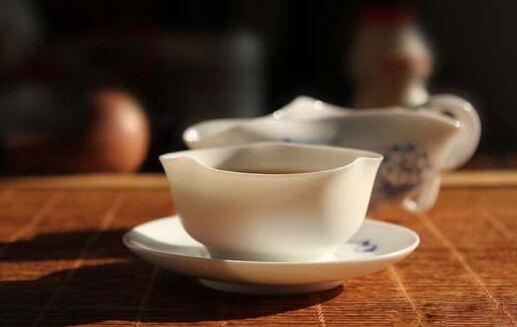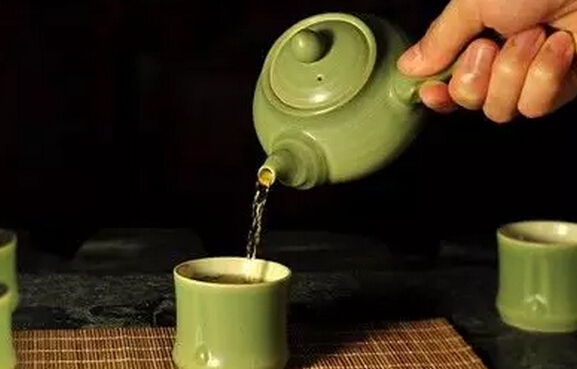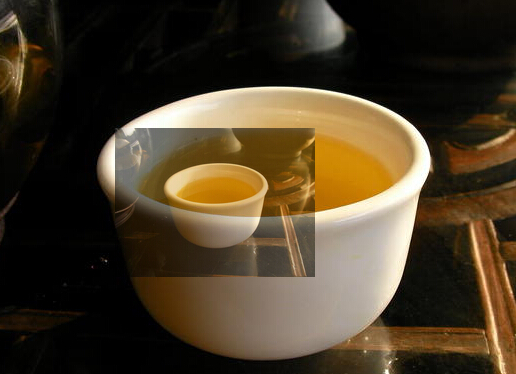
"In tea processing, green leaves are transformed into green tea, black tea, oolong tea, etc., through controlled biological oxidation. This process is mistakenly referred to as "fermentation." The "fermentation" of tea actually involves a series of oxidation processes of catechins, catalyzed by oxidative enzymes in cell walls after they are damaged. This process is more akin to enzymatic reactions and might more accurately be termed "biological oxidation."

In tea cells, catechins are found in the cell fluid, while oxidative enzymes primarily reside in the cell walls, not in microorganisms. This explains why tea "fermentation" requires rolling. The degree of polyphenol oxidation differentiates "full fermentation," "semi-fermentation," and "light fermentation." For example, black tea, with high polyphenol oxidation, is called "fully fermented," while oolong tea, with about half the oxidation, is termed "semi-fermented."

For instance, in the processing of Taiwanese high-mountain tea, the purpose of "fermentation" is to oxidize catechins in the leaves. The leaf color changes from green to dark green, creating the unique hue of Taiwanese high-mountain tea. When the vacuole membrane is damaged, polyphenols and amino acids gradually oxidize, forming the tea's distinctive color, aroma, and flavor.
Wenshan Pouchong tea has the lowest "fermentation" degree and is renowned as the "purest tea." Premium Wenshan Pouchong tea is vibrant, with rich and complex aromas and flavors. When sipped slowly, it leaves a lingering, refreshing aftertaste!
